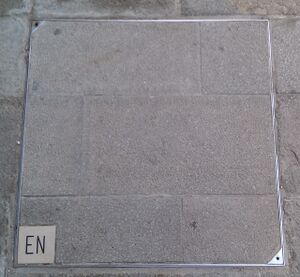Electrical Network: Difference between revisions
DBossalini (talk | contribs) No edit summary |
DBossalini (talk | contribs) No edit summary |
||
| Line 1: | Line 1: | ||
Electricity in Venice, as in all of Italy, comes out of wall sockets at 220 volts and alternating at a rate of 50 cycles per second. This is in comparison to electricity in the United States, which leaves wall sockets at 110 volts and a rate of 60 cycles per second, in addition to having significantly different layouts for wall sockets. This means that American visitors to Venice need to be careful when using wall outlets and often will need adapters or converters. | |||
== History == | == History == | ||
== Electrical Grid == | == Electrical Grid == | ||
Revision as of 07:05, 13 October 2013
Electricity in Venice, as in all of Italy, comes out of wall sockets at 220 volts and alternating at a rate of 50 cycles per second. This is in comparison to electricity in the United States, which leaves wall sockets at 110 volts and a rate of 60 cycles per second, in addition to having significantly different layouts for wall sockets. This means that American visitors to Venice need to be careful when using wall outlets and often will need adapters or converters.
History
Electrical Grid
Maintenance

As all of Venice's Electrical grid runs under the city in an attempt to avoid unsightly power lines running through the city, the electrical lines are accessible through Pavement stones in the streets. These can be removed, exposing the wires to allow for routine maintenance and repairs.
Future of the Network
Hydrogen Electricity
Green Energy from Algae
Locations
Map of Venice's Electrical Grid